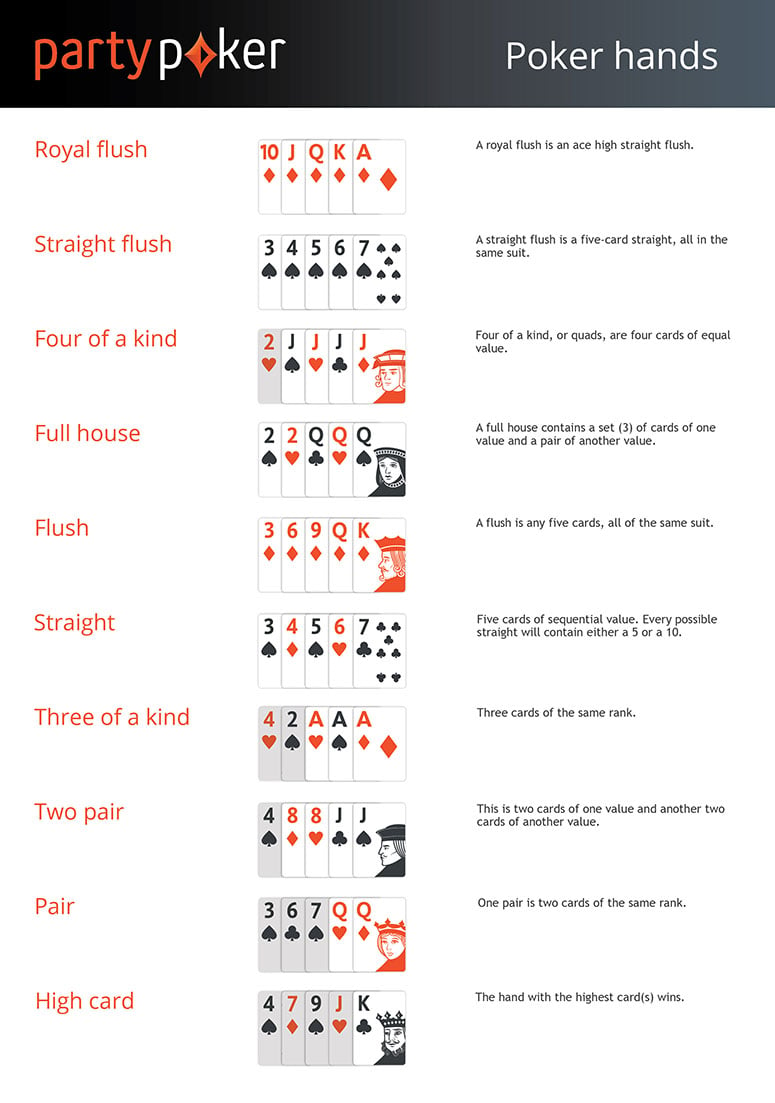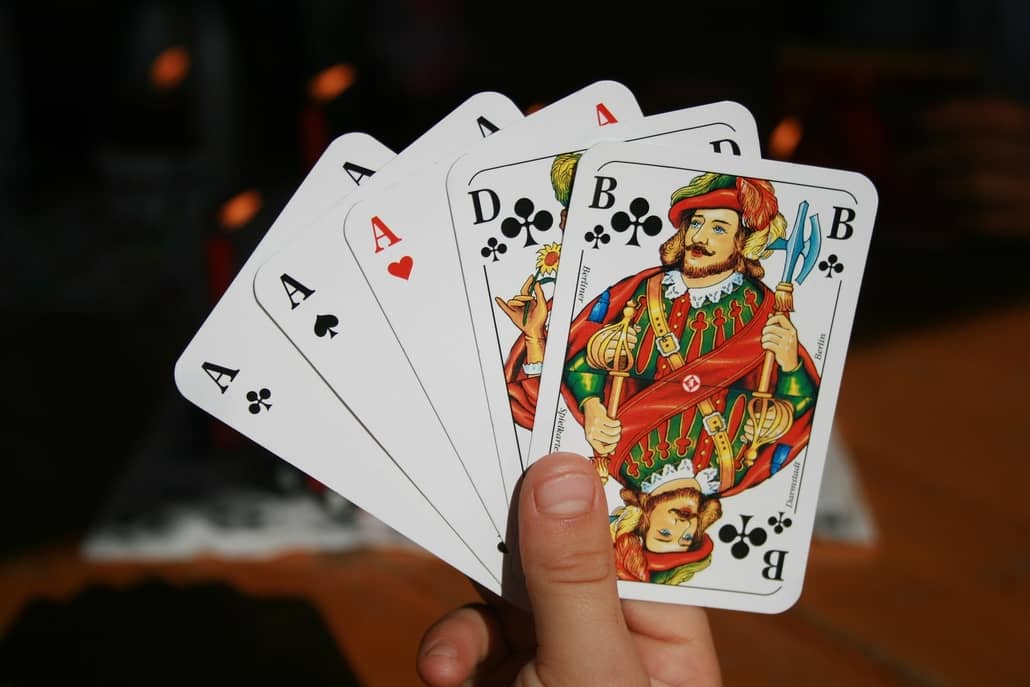Five Card Draw Rules
- How To Play 5 Card Draw
- Five Card Stud Draw Rules
- Five Card Draw Jacks Or Better Rules
- Five Card Draw Rules And Hands

Seven Card Draw Rules. Not to be confused with Seven Card Stud, Seven Card Draw is a poker variant that closely resembles Five Card Draw. The only difference is that each player is dealt seven cards rather than five cards. Seven Card Draw is a relatively obscure. Also, if need be take a look at our Rules of Five Card Draw if you’re unsure of how the game is played. One good thing about the game of Five Card Draw, is that from a rules and format standpoint, it is a pretty basic game. There are really only two or three times that you really have to make a decision in any given hand. Five Card Draw is one of most basic forms of poker, and it's the kind of poker you're used to seeing in movies and on TV. Because the game has been around for such a long time, and has been played in countless home games and card rooms across the nation, there are a couple different variations on the traditional rules.
Not to be confused with Seven Card Stud, Seven Card Draw is a poker variant that closely resembles Five Card Draw. The only difference is that each player is dealt seven cards rather than five cards.
Seven Card Draw is a relatively obscure variation but it’s still occasionally found in home games. Seven Card Draw was designed to address one of the biggest complaints players have of Five Card Draw: the game doesn’t have enough big hands.

In Seven Card Draw, the players may choose any five of their seven cards to create the best five card hand possible. In this version of draw poker, you’ll see strong hands more often and generate more betting action.
Antes and Blinds
Seven Card Draw can either be played with antes or blinds. In the ante system, each player must place a small bet at the beginning of every hand. This bet is usually equal in size to 10% of the small betting limit. In a $10/$20 game, the antes would be $1.00.

Other times, players can use the same blind system that Texas Hold'em uses. In the blinds system, the player to the left of the dealer posts the small blind, which is equal in size to half the minimum bet. The player to the left of the small blind posts the big blind, which is equal in size to one minimum bet.
In a $10/$20 game, the small blind would be $5 and the big blind would be $10.
Dealer
If a full time dealer is used in the game, a small button is used to represent the dealer’s position at the table. The dealer’s button moves one seat to the left at the beginning of each hand. The purpose of this is to denote position and to ensure each player pays the blinds once per orbit.
At the beginning of each hand, the dealer deals the cards face down, one at a time, beginning with the player to the left of the dealer and going clockwise around the table until each player has seven cards.
First Betting Round
After all the cards have been dealt, the players now have a round of betting. This round begins with the player to the immediate left of the dealer. This player may call, fold, or raise. All bets in this betting round are placed in increments of the low betting limit. In a $10/$20 game, each bet and raise would be placed in increments of $10.
The action then continues clockwise around the table with each player having the same choices. If any player raises, the other players must at least match that raise to stay in the hand. The action continues clockwise until all the bets have been matched.
Draw
After the first betting round, the players may now discard up to four cards and receive new cards in exchange. Players may also “stand pat” and not draw any cards if they so choose.
Second Betting Round

The second betting round begins with the first remaining player to the left of the dealer. This time all bets are placed in increments of the high betting limit. In a $10/$20 game, all bets would now be placed in $20 increments.
The first player may bet, check, or fold and then the betting continues clockwise around the table. Once again, if any player bets or raises, each of the other players must either match that amount or fold their hands.
Showdown
Any players remaining after the last betting round now show their hands. The player with the best five card poker hand, using any combination of the seven cards in his hand, wins the pot. If there is only one player left after the last betting round, that player may take the pot without showing his hand.
Five Card Draw is the simplest form of poker and is a favorite at home games around the world. It’s an easy game to pick up and play because it requires little preparation. All you need is a deck of cards and at least two players.
Antes and Blinds
Some Five Card Draw games use antes and others use blinds. If an ante is used, each player is required to place a small bet at the beginning of each hand. Antes can range in size from 10% to 20% of the small betting limit. In a $5/$10 game, the antes would be about $0.50.
Due to the explosion of Texas Hold'em, some players are more comfortable using blinds rather than antes. If blinds are used, the two players to the left of the dealer must place bets at the beginning of each hand. As the dealer’s position moves around the table, each player must pay the blinds once per orbit.
The player to the immediate left of the dealer is the small blind and must place a bet equal to half the size of the big blind. The big blind is one seat to the left of the small blind. The big blind is equal in size to the small betting limit. In a $5/$10 game, the small blind would be $2.50 and the big blind would be $5.
Dealer
How To Play 5 Card Draw
In games that use a full time dealer, a small disc known as the “dealer’s button” is passed around the table to represent the dealer’s position. Even though the players never actually deal the cards, one of them is always known as the dealer. The dealer’s button moves one seat to the left at the beginning of each hand.
When performing the initial deal, the player to the left of the dealer receives one card face down first and then each other player receives one card, going clockwise around the table. After all the players have one card, the dealer hands out one more card to each player in the same fashion as before. This is repeated until each player has five cards.
First Betting Round
The first betting round begins after all the players receive their cards and have a chance to look them over. The player to the immediate left of the dealer (the small blind) starts the betting. This player may call, raise, or fold.
The betting then continues clockwise around the table. Each player will have a chance to call, raise, or fold. If there are no raises, the big blind can check because he already paid a full bet at the beginning of the hand. The small blind would have to complete the half-bet to stay in.
Five Card Stud Draw Rules
Draw
After all the bets have been matched, players may now discard as many cards as they wish and draw new ones. In some games, the rule is that you may only discard up to three cards unless you have an Ace. In that case, you can discard every card except the Ace. In most games, however, you may discard as many cards as you wish.
Second Betting Round
Five Card Draw Jacks Or Better Rules
Now that the players have their new cards, a second round of betting may begin. This round begins with the first remaining player to the left of the dealer. This player may check, bet, or fold. The betting then continues clockwise around the table until all the players have had a chance to act.
Showdown
If there are two or more players remaining after the last betting round, these players have a showdown. The player with the best poker hand wins the pot. If only one player remains after the last betting round, that player may collect the pot without showing his cards.
Play 5 Card Draw at PokerStars.com! Use marketing code PSP7236 for a $600 bonus!